Our History
RSF envisions a world where all people have the power to use their money to regenerate people, communities, and the planet.
Learn more about the people, organizations, and communities that have been working with us in pursuit of that vision since 1984.
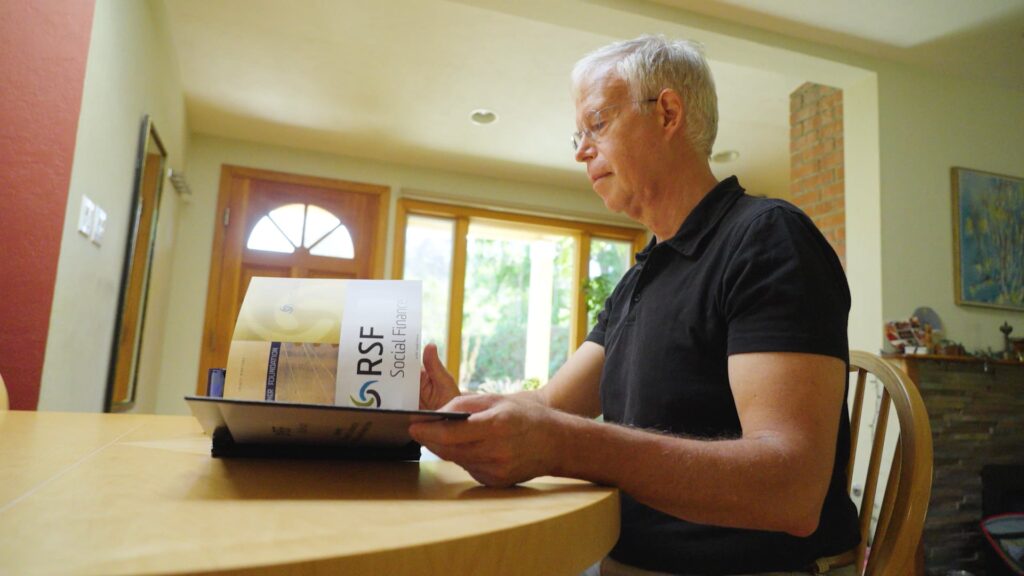
RSF begins making grants through its first Donor Advised Fund, made possible by the generosity of Mary T. Richards.
RSF reaches financial stability, with operating income matching operating expenses for the first time.
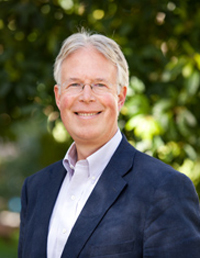
Mark Finser is elected RSF’s first executive president and CEO.
RSF moves its headquarters to San Francisco as it expands its network of borrowers, investors, and donor clients across the country.
RSF launches its first pilot for for-profit lending called the Fair Economy Fund. Early borrowers include Organic Bouquet and Bent Oak Farms.

RSF rebrands as RSF Social Finance. Supported by its community of donors and investors, the organization is expanding its focus to include other mission-driven projects that serve the mission of ‘transforming how the world works with money’. The new name folds all of these projects under the umbrella of social finance, while nodding to its roots with the acronym “RSF.”
RSF passes $100 million in assets under management.
RSF is among the first in the industry to invest the assets held in DAFs for social and environmental benefit.
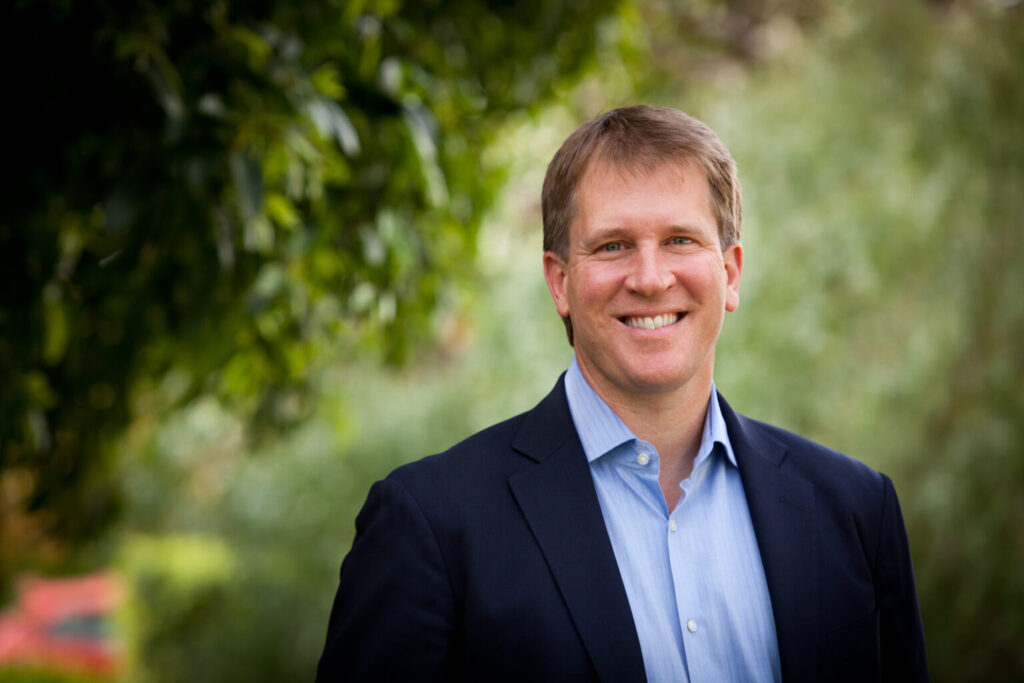
Don Shaffer joins as President & CEO; Mark Finser becomes Chairman of the Board.
RSF surpasses $50 million in loans outstanding.
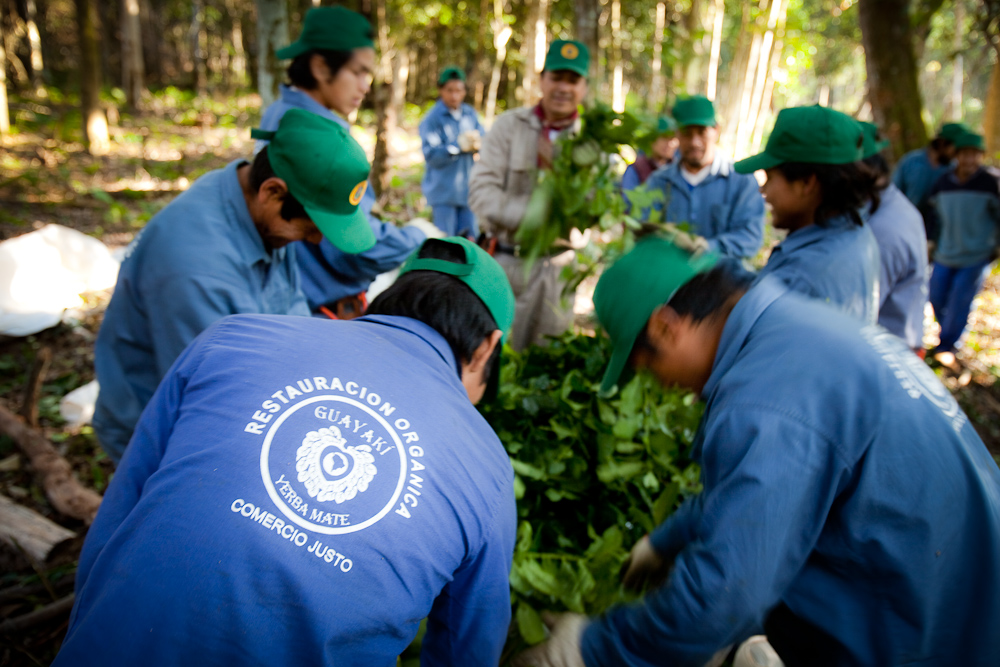
RSF launches its Mezzanine Fund, the first fund to provide mission-aligned financing from accredited investors for early-stage social enterprises. Learn about Guayakí, one of the first social enterprises financed through this fund.
RSF breaks from the London Interbank Offered Rate (LIBOR) – a benchmark interest rate widely used in conventional finance – and launches RSF Prime, a community-based model for determining interest rates. The first Quarterly Pricing Meeting – a community discussion to recommend rates – is held in September at RSF’s offices.
In response to the indirect, opaque, impersonal, and volatile nature of the stock market, RSF divests from all public equities and redirects capital to investments more closely aligned with its values.
RSF launches its Program Related Investing Fund (PRI), which serves the increasing number of private foundations interested in using program related investment to support charitable projects.
The total amount of Social Investment Notes held at RSF surpasses $100 million for the first time.

In partnership with a network of donors and community members, RSF launches five Collaboratives to support social enterprises that have proven their model works but aren’t yet large enough to attract capital from conventional funders. These Collaboratives offered both loans and grants to social enterprises working in biodynamics, soil health, fair trade, local food, and women’s leadership. Read more about the Collaboratives.
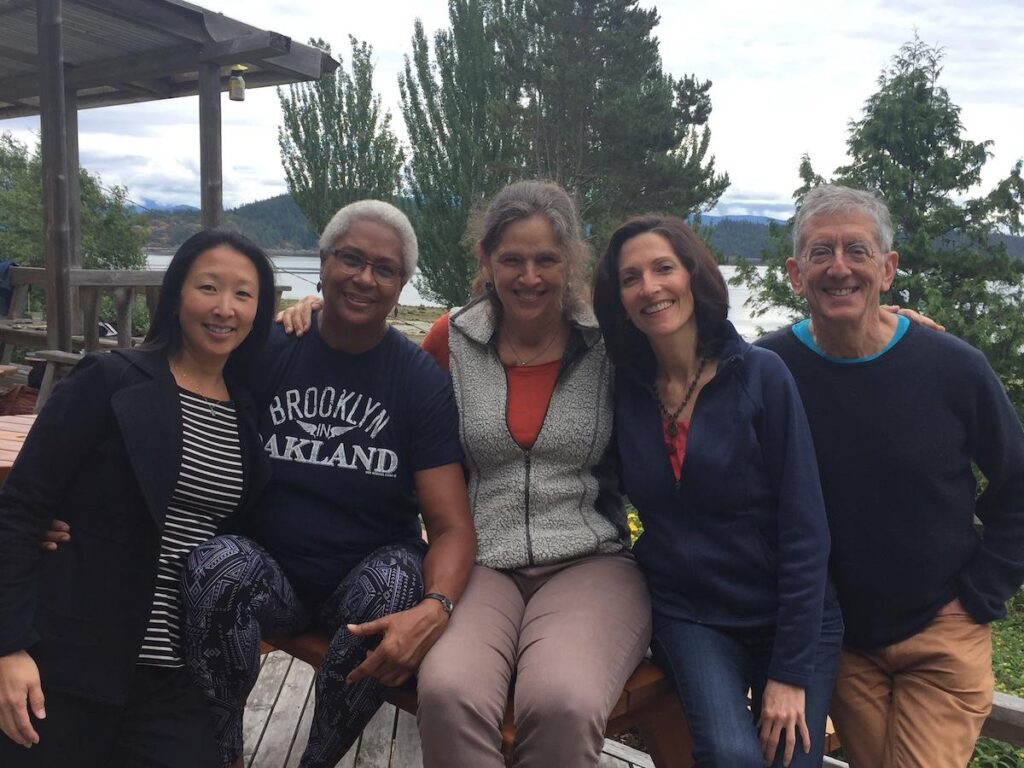
RSF launches the Integrated Capital Fellowship for financial activists. This intensive program was designed to give financial practitioners the tools and strategies they need to apply RSF’s unique integrated capital approach – loans, guarantees, investments, grants, special funds, and more – to deploy capital for lasting social and environmental benefit. Read more about the Fellowship here, and learn more about the inaugural cohort of fellows here.

Jasper van Brakel joins RSF as President and CEO.
In response to the COVID-19 pandemic, RSF’s investors and borrowers unanimously agree to lower RSF’s interest rates and set aside funds to contribute to a Crisis Response Fund. In 2020, the Fund provided loan payment relief to 58 social enterprises and rapid response grants to 24 social enterprises. This funding helped critical mission-driven organizations continue to pay their staff, keep their doors open, and conduct vital work that was more important at that time than ever. Read more about RSF’s response to COVID-19.
RSF launches 1-year, 2-year, and 3-year notes in addition to the 90-day notes it had offered since its inception. These new notes allow investors to earn progressively higher interest rates while guaranteeing RSF longer-term access to capital – and gave our community an additional suite of tools for investing in social and environmental impact.
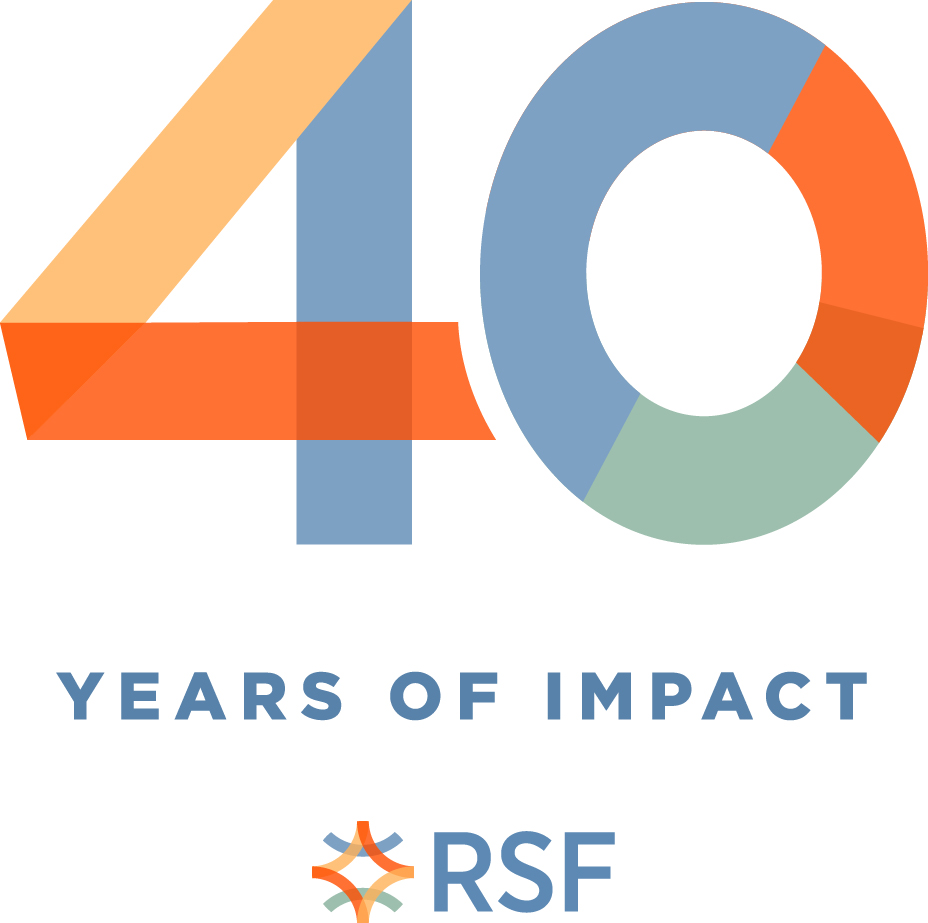
RSF continues its brand evolution, rebranding as RSF | Regenerative Social Finance. This change reflects the organization’s commitment to regeneration as the “North Star” guiding its work, and social finance as the means to achieving its vision. The organization retains the initials “RSF” as a nod to its origin as the Rudolf Steiner Foundation and an affirmation that it remains committed to the ideas that inspired its founding. Read more about RSF’s 2024 rebrand and its vision for the future.